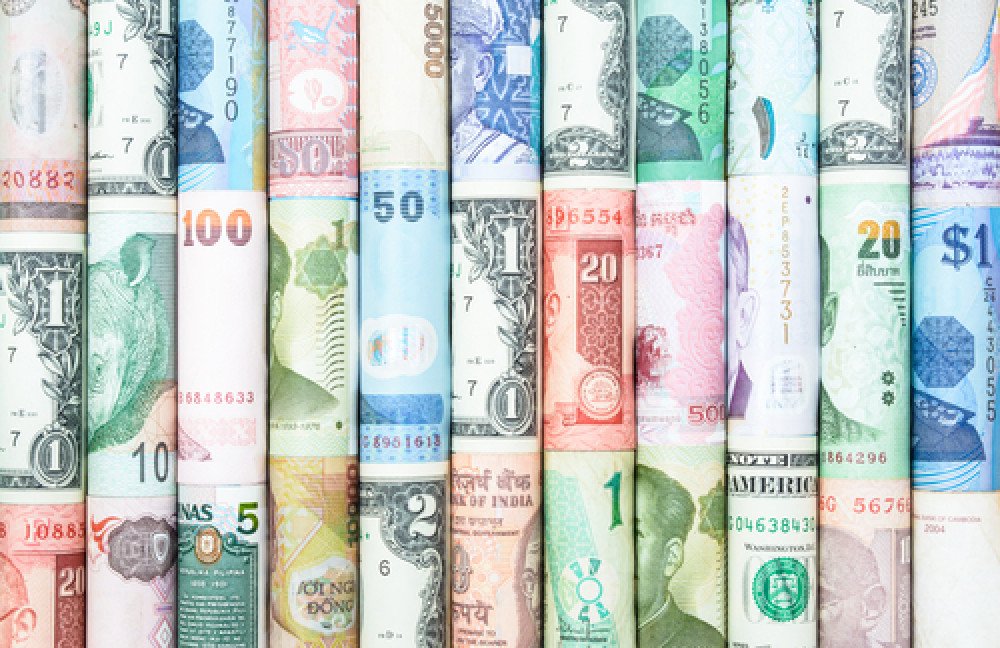The Pound weakens further, but how much further will it go?
- Authors
-
-

- Name
- Patrick Maflin
-

Pound Sterling (GBP)
Sterling saw mixed movement on Monday morning as investors reacted to the weekend’s Brexit news. UK Chancellor Philip Hammond indicated the Brexit process would end with a three-year transitionary period to avoid a ‘cliff-edge’ scenario.
While this was Pound-positive, mutterings of disagreements within the UK government about how the Brexit process should end limited GBP gains. In particular, Hammond and UK Trade Minister Liam Fox appear to be at loggerheads on how immigration should be handled during that transition period.
This week Pound movement is likely to be inspired by Markit PMI figures and the Bank of England’s (BoE) August policy decision.
US Dollar (USD)
The Pound to US Dollar exchange rate advanced last week amid US economic and political uncertainty.
The US Dollar is currently near a 13-month-low against a basket of currencies. Investors have been reacting to the latest political concerns, such as the Trump administration’s struggles to pass key legislations this year and rising tensions between North Korea and US allies like Japan.
US data has also not been strong enough to improve market confidence in the possibility of a third 2017 interest rate hike bet. Bets that the Fed will leave rates frozen until 2018 are now at over 54%.
Euro (EUR)
The Pound to Euro exchange rate edged slightly higher last week, as the Euro’s recent strength has meant further upside potential for the shared currency is limited. On Monday morning the pair trended within a narrow range.
Euro investors were encouraged by last week’s German inflation projections, which beat expectations. Monthly inflation improved from 0.2% to 0.4% while yearly inflation came in at 1.7% rather than slowing from 1.6% to the forecast 1.5%.
Today’s Eurozone data has been mixed, with monthly German retail sales beating expectations in June but yearly sales falling short with a result of only 1.5%.
Australian Dollar (AUD)
The Pound to Australian Dollar exchange rate fluctuated for most of last week but ultimately ended the week slightly higher. Demand for the Australian Dollar has slipped in recent sessions due to dovish tone taken by Reserve Bank of Australia (RBA) Governor Philip Lowe in a speech last week.
As investors await Tuesday’s August RBA meeting, the Australian Dollar is unlikely to see much movement. Australia’s latest new home sales report was disappointing but private sector credit improved in June.
New Zealand Dollar (NZD)
The Pound to New Zealand Dollar exchange rate was largely flat last week, ending the week a negligible amount higher than its opening levels. The New Zealand Dollar has seen sturdy performance due to weakness in the US Dollar and solid commodity trade.
Monday’s New Zealand data disappointed however. June building permits contracted -1% and ANZ’s business confidence survey dropped from 24.8 to 19.4 in July. This helped GBP/NZD advance on Monday.
Canadian Dollar (CAD)
The Pound to Canadian Dollar exchange rate was on track to see a considerable recovery last week until Canada’s latest Gross Domestic Product (GDP) growth results boosted the ‘Loonie’, leaving GBP/CAD just slightly higher than the week’s opening levels.
Canadian growth came in at 0.6% month-on-month in May while yearly growth beat expectations and improved from 3.3% to 4.6%.
On Monday, prices of oil hit a two-month high. However, GBP/CAD resumed its recovery attempts and the Canadian Dollar didn’t see any notable benefit from the strong prices of Canada’s primary export.
Disclaimer: This update is provided by TorFX, a leading foreign exchange broker, its content is authorised for reuse by affiliates.


